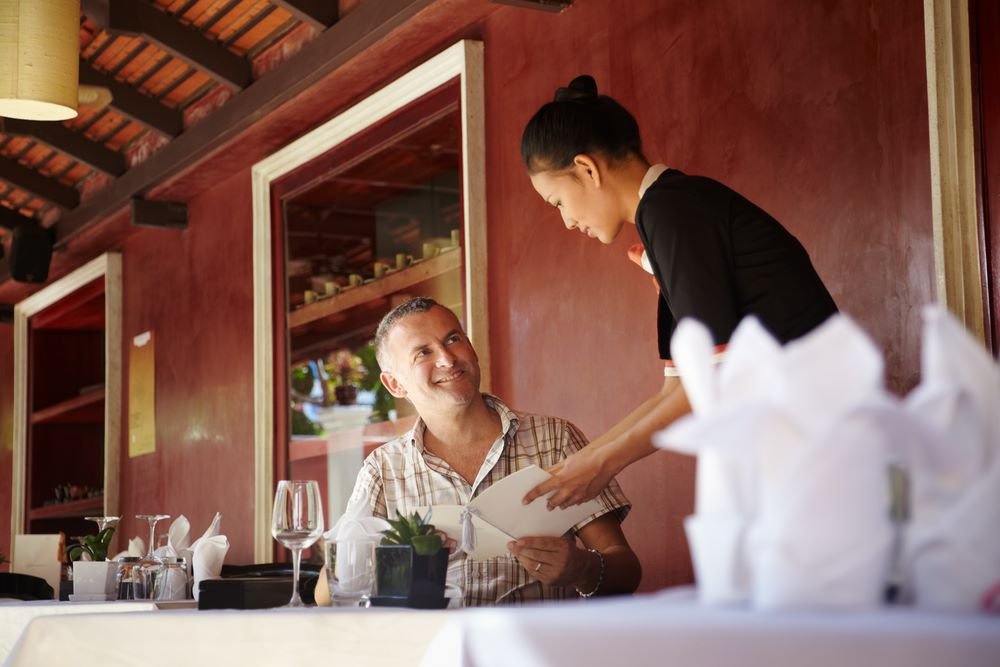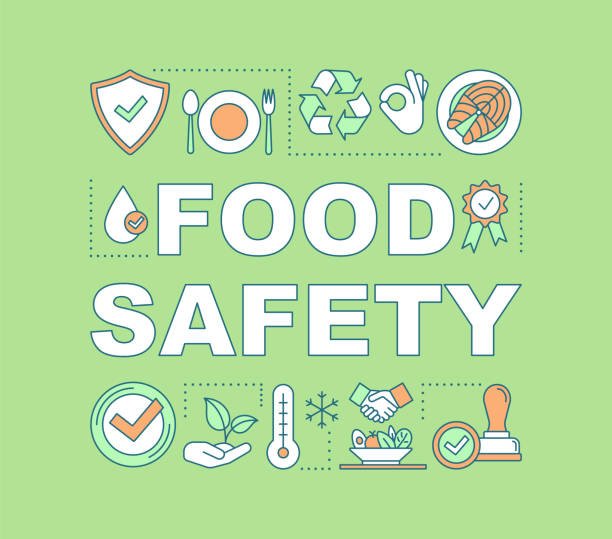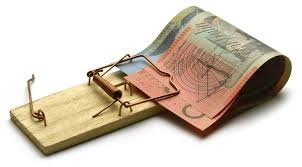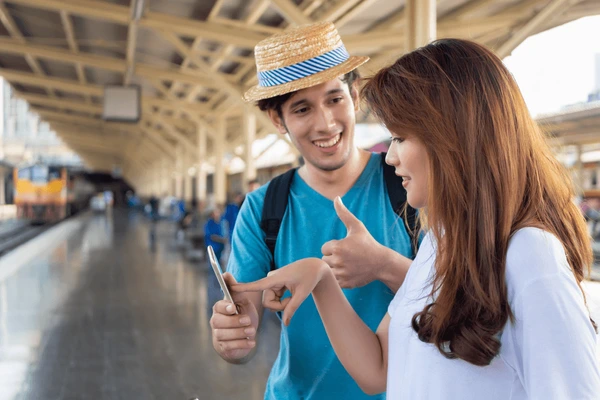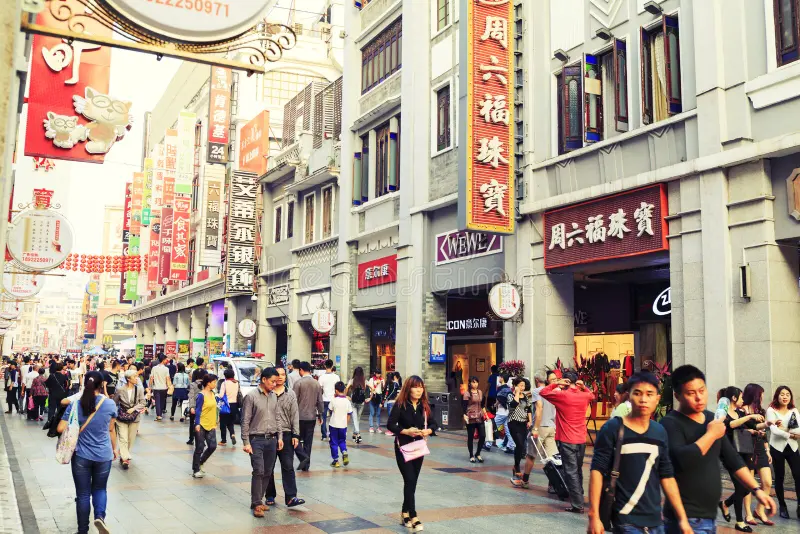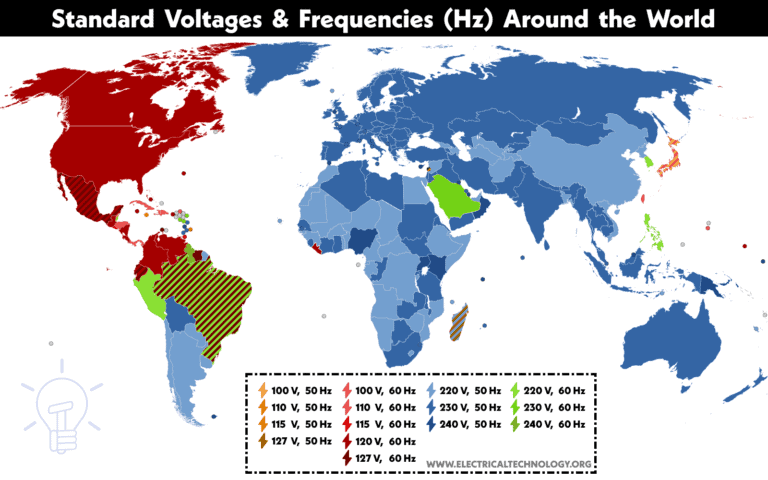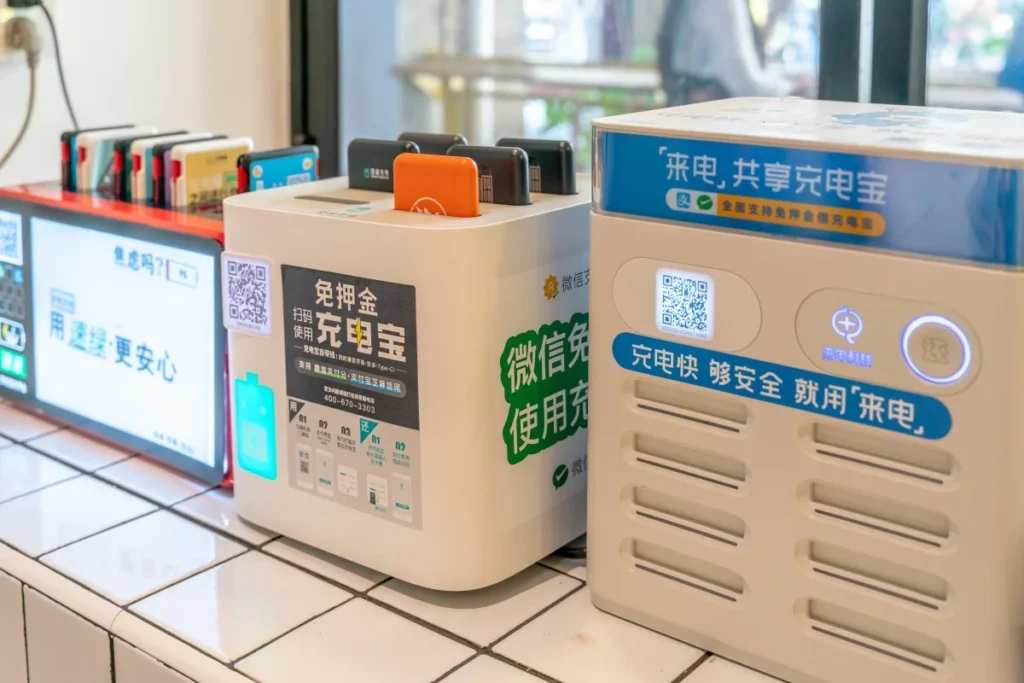How to Order Food in China
How to Order Food in China By xiaoyueJune 14 2025 A foreign tourist in a Chinese restaunant Dining at a Chinese restaurant in China can be an exciting adventure, but it may feel daunting if you’re unfamiliar with the language or customs. First, Let me introduce how to order food in a Chinese restaurant. There can be two ways to order, using a “paper menu” and “scanning the code to order”, and usually the second way is more common. Ordering from a paper menu There are still some restaurants that use paper menus to order food, and usually there is no English menu, So you need to scan or take a picture of the Chinese menu with your mobile phone’s translation app. It may seem a bit cumbersome, but it’s still a workable solution. You can use professional translation APP such as Google or Baidu or itranslate Scan QR code and order yourself This is a common practice in Chinese restaurants. Order QR&E-menus Whether it’s a formal restaurant or a small shop on the street, you can ‘scan the code to order’. Usually the QR code is posted on the corner of the table, and you need to scan the QR code with WeChat, and then enter the restaurant’s mini program. Sometimes the program will prompt you to authorize to obtain login information, which only appears when you first login,. After confirming you will see the menu home, some will let you choose the number of people dining, click on the corresponding number of people to enter the menu. If at this time you see the Chinese menu, you will see a spending button displaying ‘translate’ , click it directly,. If there is no spending button ,you can also click the “three dots” in the upper right corner, in the pop-up option, choose ‘translate’, so you can see the English menu! You can see the English menu, and the price is in RMB. Step 1 Step 2 Step 3 Secondly, I will tell you something about How to Order Chinese dishes Step-by-Step Grab a Menu: A server will show you to your table and hand you a menu. If you don’t get one, say, “Please give me a menu” (qǐng gěi wǒ càidān).Menus often have pictures, which are a lifesaver if you don’t read Chinese. Of course, more often than not, you just need to sit down, scan the ordering code with your mobile phone and see the English menu. Browse the Menu: Menus are typically organized by dish type, like cold dishes (liángcài), hot dishes (rècài), or soups (tānglèi).If you’re unsure, point to a picture and ask, “What’s this?” (zhège shì shénme?). Place Your Order: – Know what you want? Say, “I’d like this” (wǒ yào zhège) or name the dish.Or Click on the name of the dish directly on your phone to add it to your shopping cart – Need help? Ask, “What do you recommend?” (yǒu shénme tuījiàn de cài?). -Portions: Chinese meals are shared family-style. A good rule is one dish per person plus one or two extras, like rice or soup. Special Requests: Got dietary needs? Mention them early,e.g., “I don’t eat spicy food” (wǒ bù chī là)or “Anything without peanuts?” (yǒu méiyǒu bù hán huāshēng de cài?). Confirm Your Order: The server may repeat your order to confirm. If you don’t understand, a nod or “Okay” (hǎo) works fine. Pay the Bill: When you’re done, say, “The bill, please” (mǎidān or jiézhàng). Most places accept WeChat, Alipay, or cash. By the way,Learning a few basic Chinese words and phrases can go a long way. Here’s a quick cheat sheet: Restaurant Basics: Restaurant: cāntīng (餐厅) Menu: càidān (菜单) Server: fúwùyuán (服务员) Order food: diǎn cài (点菜) Bill: zhàngdān (账单) Useful Phrases: “I’d like this”: wǒ yào zhège (我要这个) “What’s this dish?”: zhège cài shì shénme? (这个菜是什么?) “Any spicy dishes?”: yǒu méiyǒu là de cài? (有没有辣的菜?) “No spice, please”: qǐng bùyào fàng là (请不要放辣) “Can you recommend something?”: tuījiàn yīxià (推荐一下) Food Categories: Meat: ròulèi (肉类) Vegetables: shūcài (蔬菜) Staples (rice, noodles): zhǔshí (主食) Soup: tāng (汤) At last,you need to known some Chinese Dining Etiquette Sharing is Standard: Dishes are placed in the center for everyone to share using chopsticks. Portion Planning: Order one dish per person plus a couple of extras to avoid over- or under-ordering. Be Polite: Servers can be busy, but a smile and patience go a long way. Try Local Specialties: Each region has unique dishes, like spicy Sichuan or light Cantonese cuisine. Ask for the restaurant’s signature dishes. If you want to see other people’s recommendations and avoid pitfalls when ordering, then you can use Meituan and Dianping apps (similar to tripadviso or yelp) to see other guests’ reviews and recommendations. Don’t worry, both apps support English version. Remember keeping Relax and Enjoy,Even with a language barrier, peoples are usually happy to help. A friendly attitude makes all the difference. Related News Transportation Guide for Traveling in China Which Navigation App Should I Use When Traveling in China?

